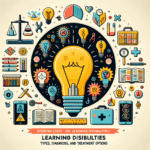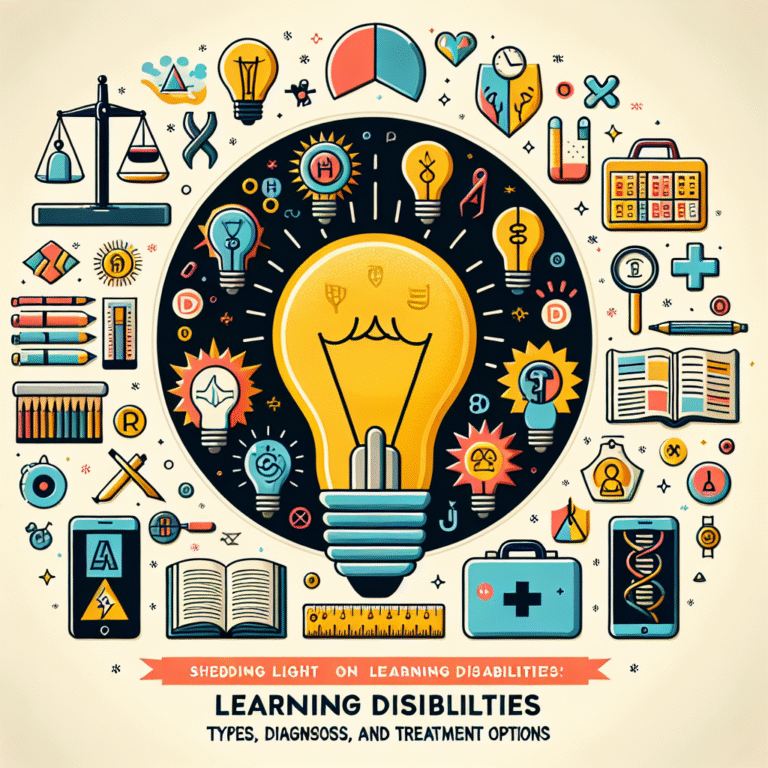
Introduction
In an era where knowledge is power, understanding how we learn is essential. The Science Behind Explicit Learning: Why It Works is intriguing, as it explores the methods that not only enhance our comprehension but also solidify our ability to apply what we’ve learned. Imagine being able to master new skills efficiently, grasp complex concepts with ease, and retain information far beyond the confines of a standard classroom. This article delves deep into explicit learning, unraveling the mechanics, benefits, and practical applications of this pivotal educational approach.
Understanding Explicit Learning
What is Explicit Learning?
Explicit learning is a deliberate and conscious effort to acquire knowledge or skills, often characterized by defined instructional strategies and clear learning objectives. Unlike implicit learning, which often occurs subconsciously through exposure, explicit learning requires engagement and awareness.
The Importance of Clarity in Learning Objectives
Setting clear learning objectives is a cornerstone of explicit learning. When students know what they are expected to learn, they can focus their efforts more effectively. Research supports that explicit learning fosters a more profound understanding due to its structured nature. By clarifying objectives, learners can measure their progress and recognize when they achieve learning goals.
The Cognitive Science Behind Explicit Learning
How the Brain Processes Information
The brain is a complex organ that processes information through various pathways. Explicit learning activates distinct neural circuits in contrast to implicit learning processes. Neuroscientific studies have shown that explicit instruction engages the prefrontal cortex, which is responsible for decision-making, planning, and problem-solving. This engagement is crucial for effectively acquiring and applying new knowledge.
Memory and Retention: A Fantastic Duo
Memory plays a pivotal role in The Science Behind Explicit Learning: Why It Works. Explicit learning is closely tied to both short-term and long-term memory processes.
- Short-term Memory: Information is temporarily held, allowing learners to digest and manipulate it.
- Long-term Memory: Through repetition and meaningful connections, information is consolidated for future use.
A study published in the Journal of Cognitive Neuroscience found that explicit learning strategies significantly enhance the transfer of information from short-term to long-term memory, resulting in more durable learning outcomes.
Case Study: Mathematics Mastery
A notable case is the implementation of explicit instructional strategies in mathematics education. Schools utilizing a well-structured curriculum that emphasizes explicit teaching methods have consistently shown improved student performance on standardized tests. For instance, a case in North Carolina reported a 25% increase in math scores among students taught with explicit strategies compared to those who received traditional methods.
Analysis
This case exemplifies the effectiveness of structured, objective-driven approaches in academic settings, highlighting a clear correlation between explicit instruction and enhanced performance.
Effective Strategies of Explicit Learning
Direct Instruction
Direct instruction involves explicit teaching methods where instructors provide clear, step-by-step guidance. This approach has been shown to boost understanding and retention significantly.
Modeling and Demonstration
When educators model behaviors or skills, they effectively demonstrate what learning looks like in practice. This explicit approach helps students visualize and understand concepts more clearly.
Use of Visual Aids
Incorporating visual aids, such as diagrams, charts, and videos, enhances explicit learning. Visual aids provide learners with a reference point, making complex information more digestible.
Repetition and Practice
Reinforcement through repetition is fundamental to explicit learning. By regularly revisiting material, students strengthen their understanding and increase retention rates.
Case Study: Language Acquisition
In language learning, explicit instruction techniques have shown remarkable results. A study involving adult learners of Spanish demonstrated that those who received explicit grammar instruction outperformed their peers in conversational fluency and grammatical accuracy.
Analysis
This case illustrates the practical application of explicit learning in real-world contexts. The focus on clear rules and structured practice led to tangible improvements, reaffirming The Science Behind Explicit Learning: Why It Works.
Enhancing Explicit Learning with Technology
Online Learning Platforms
With the rise of technology, explicit learning has found its way into online platforms. These platforms often utilize interactive lessons, progress tracking, and assessments that cater to individual learning paces.
Gamification
Gamified learning experiences enhance engagement and motivation. By incorporating elements of gaming, learners can explore complex subjects through enjoyable, explicit activities.
E-Learning Case Study: Khan Academy
Khan Academy has revolutionized explicit learning by providing a plethora of free online resources. Their platform allows students to learn at their own pace, with explicit instructional videos that drive home key concepts.
Analysis
Khan Academy’s success speaks to the potential of technology in facilitating explicit learning. By leveraging multimedia resources, they offer learners the opportunity to engage deeply with subjects, reaffirming their understanding.
The Role of Feedback in Explicit Learning
Constructive Feedback
Feedback is crucial in reinforcing learning outcomes. Explicit feedback helps learners understand where they stand and what areas require improvement. Studies show that timely, constructive feedback has a positive impact on student performance.
Peer Feedback
Encouraging peer feedback fosters collaborative learning, where students can express ideas and critique each other respectfully. This explicit engagement deepens understanding and creates a supportive learning environment.
Case Study: Writing Workshops
In writing workshops, explicit feedback from peers and instructors leads to improved writing skills. A controlled study observed workshops that implemented structured feedback resulted in a 35% increase in students’ writing quality compared to traditional classrooms.
Analysis
This study highlights the importance of feedback as a critical component of The Science Behind Explicit Learning: Why It Works. By providing clear, actionable feedback, learners can make tangible improvements in their skills.
Challenges Faced in Explicit Learning
Balancing Explicit and Implicit Learning
While explicit learning is effective, relying solely on it can hinder creativity and adaptive problem-solving skills. Striking the right balance between explicit and implicit learning approaches can optimize educational outcomes.
Overreliance on Rigid Structures
In some cases, overly rigid learning structures can stifle student engagement. Recognizing when to adapt teaching strategies is essential for maintaining learners’ interest and fostering an intrinsic desire to learn.
Conclusion
The Science Behind Explicit Learning: Why It Works reveals the profound impact that structured teaching methods have on learning outcomes. By understanding auditory, visual, and interactive elements of explicit learning, educators and learners alike can enhance their approaches. From direct instruction to effective feedback mechanisms, every aspect of explicit learning contributes to a more enriching educational experience.
In an ever-evolving world, mastering the art of explicit learning equips individuals with the tools needed to succeed. So, embrace it! Set clear goals, practice consistently, and engage actively in your learning journey. The results could be transformative.
FAQs
1. What is explicit learning?
Explicit learning is a conscious, effortful process of acquiring knowledge through defined instructional practices and clear objectives.
2. How does the brain function during explicit learning?
Explicit learning engages the prefrontal cortex, enhancing decision-making and problem-solving abilities, leading to stronger retention and understanding.
3. Can explicit learning methods be applied across subjects?
Absolutely! Explicit learning strategies can be effective in various disciplines, including mathematics, languages, and sciences.
4. What role does technology play in explicit learning?
Technology enhances explicit learning through online platforms, interactive content, and gamified experiences that make learning engaging and accessible.
5. How important is feedback in the explicit learning process?
Feedback is crucial for reinforcing knowledge and improving skills; it helps learners understand their strengths and areas needing improvement.
By understanding the tenets of explicit learning, individuals can unlock their potential, chart their educational journeys, and achieve mastery in their chosen fields. Utilize these insights and strategies to enhance your own learning experience, and watch your capabilities grow with every deliberate step you take.

















